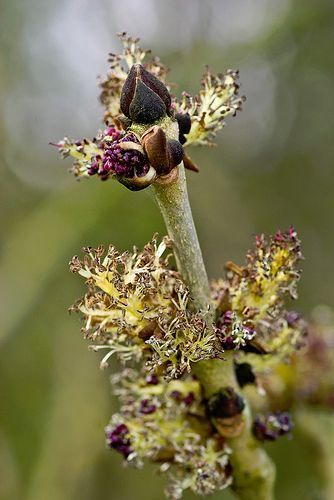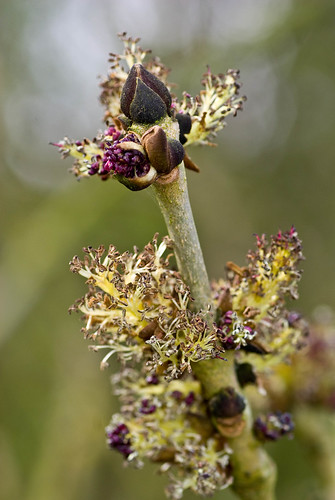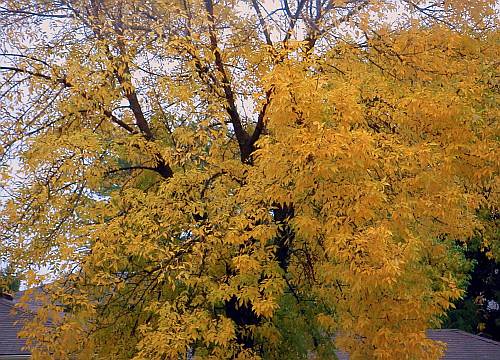
Ash – Root and Branch Review

Common Ash trees row widely in the UK and other Ashes grow in Asia and America. Our Ash has dark almost black buds and some species have interesting flowers but it is as a tree the provided wood to make bows that the Ash is best known in Britain.
Key Features of the Ash
- Latin name – Fraxinus excelsior – other names; Common Ash or European Ash
- Height – up to 150 feet
- Type of tree – Deciduous
- Leaves – Green pinate with 7-15 ovate-oblong leaflets
- Flowers – small purplish in short clusters
- Fruit – winged keys in clusters of glossy green turning brown
- Bark – grey-brown fissured when mature
- Family – Oleaceae
Origins and Distribution of the Ash
- Grows widely across Europe and there are many North American species.
- Tolerant of wind swept and coastal areas.
Uses and Attributes of the Ash
- Ash can make a noble shade tree quite quickly.
- Use to make bows, hurling sticks, baseball bats and historically car and plane frames.
- Strong, flexible and easy to turn the wood also burns well and is used in some smoking.
Gardeners Tips for the Ash
- Select a smaller growing variety like the Manna Ash.
- Dislikes sandy or acid soil.
- Weeping Ash make a statement tree.
Other types of Ash and key species
- Members of the Sorbus family, Mountain Ashes or Rowans are unrelated.
- Fraxinus is an extensive genus of hardy Ash trees including White Ash or Autumn Purple Ash, Black Ash, Blue Ash, Singleleaf Ash and Fragrant Ash.
- The Ornus group of Ashes are attractive flowering trees also called Manna Ash.
Ash comments from elsewhere
- In Norse mythology the first man was made from Ash.
- Yggdrasil the ‘Tree of the World’ is thought to be an Ash
Read about our series on British tree reviews with a bakers dozen fact sheets
Credits
frêne fraxinus by Luberon (sb) CC BY-NC 2.0
Common Ash Tree by denovich CC BY-NC-SA 2.0
Ash Tree by Gemma Grace CC BY-NC 2.0


One thought on “Ash – Root and Branch Review”
Comments are closed.